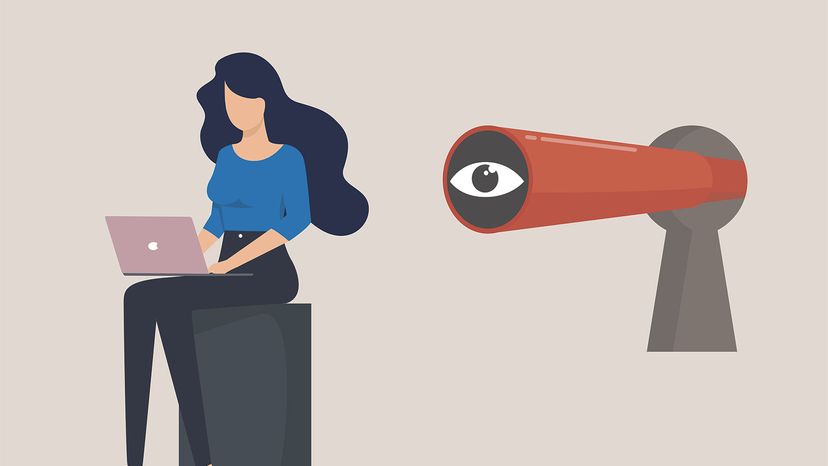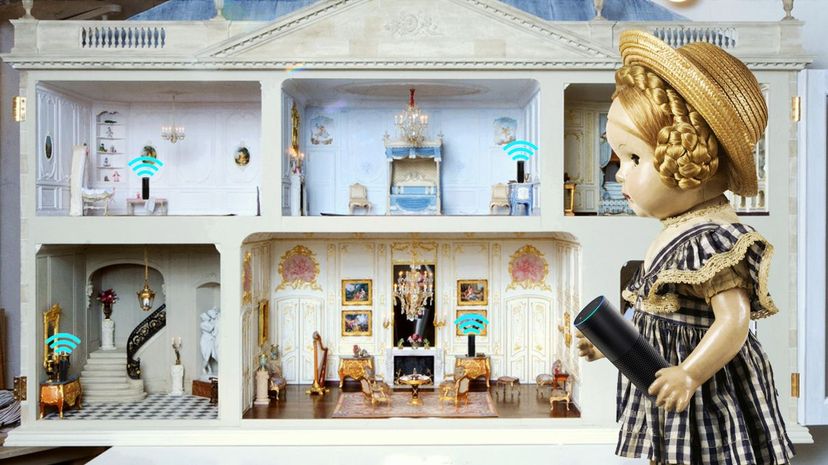 Got a pile of old home movies, VHS tapes and photos sitting in boxes in a closet somewhere? Digitizing will protect and save them for future generations.
Got a pile of old home movies, VHS tapes and photos sitting in boxes in a closet somewhere? Digitizing will protect and save them for future generations.
If you’re anything like me, you’ve probably visited your parents and grandparents, proceeded to drag out all of your cherished family photos from times past, and then spent hours going through them and reliving precious memories made throughout the years. Or maybe you have a ton of old movies, films and VHS tapes that you like to pull out of storage and go through every now and then. But did you know that you could take all of that vintage media and bring it into the digital age? Not only is digitizing a great way to preserve all of your remembrances for generations to come, but it also can be a wonderful way to surprise your in-laws by secretly gathering it all, sending it to a company to have it digitized and then presenting it to them as a gift.
The results? Once digitized, you’ll no longer need to worry about that old media fading over time. Instead, it can be automatically repaired with smart software (think restoring color, removing redeye and stitching rips), and organized and easily searched by keyword (on a computer, tablet, phone or online cloud site). You can even share it with friends and family over email and social media, or use it to create fun projects like scrapbooks, slideshows and refrigerator magnets.
Advertisement
The two main options for digitizing your vintage media are to do it yourself — which can be expensive, as every format requires a compatible playback device, time-consuming and can require quite a lot of technical expertise — or using a professional service like the one co-founded by Nick Macco and Adam Boeselager in their college garage in 2009 that has since gone on to become one of the largest digitizing companies in the world, helping 850,000 families and counting.
"Legacybox was created to help families reconnect with their important recorded memories that are being lost on outdated and deteriorating tapes, film and pictures," says Macco. "In essence, it’s a safe, simple, mail-in solution for digitally converting your old media files like VHS and audio tapes, film and/or photo prints." How does it work? Customers order their kit online, pack their media files upon arrival and send it in for digitizing. Each kit includes a step-by-step welcome guide, safety barcodes for every single media item and a pre-paid UPS shipping label. Customers then receive their digitized files within three to four weeks either on the cloud, a USB drive or DVD. All of the original files — old videotapes, film reels, pictures and audio recordings — also are returned.
Advertisement
Contents
- Why Is Digitizing Media So Important?
- What Are the Advantages to Digitizing?
- It Provides Peace of Mind
- It Helps Declutter the Home
- It Makes Memories Easily Shareable
- It Helps Pass Down Your Family History
- What's the Best Way to Digitize Old Photos? VHS Tapes?
- Is the Process Expensive?
- Should I Be Worried About Something Happening to My Original Media During the Process?
Why Is Digitizing Media So Important?
It’s vital to ensure your media’s safety and accessibility for a number of reasons, according to Macco. Most importantly, so you can pass on your most beloved memories for generations to come. "It’s a simple process that will give you peace of mind that these important moments of your past won’t be lost forever," he says. "One occasion that solidified the importance of digitizing for me was in the early days of the company when I digitized media files that belonged to my grandparents of their life and our family together. I digitized them for a slideshow we played at their 50th wedding anniversary, which was then shared around with our entire family. It brought everyone to tears. I knew by my own family’s reaction that what we were doing — giving families back the best times of their lives — was something impactful and something worth keeping at."
Advertisement
What Are the Advantages to Digitizing?
Macco’s top reasons for digitizing your media include:
Advertisement
1. It Provides Peace of Mind
"When your media isn’t digitized, so much can go wrong," he says. "Not only do you need a safe place to store it, but there’s always risk of a natural disaster, loss during a move, or degradation due to wear and tear. Key storage locations (like closets, basements or trunks) can be compromised, but if your memories are digitized you can rest easy that they’ll be protected against damage forever."
Advertisement
2. It Helps Declutter the Home
Digitizing your media can create space for optimal storage, according to Macco. "Once that bin full of old media and home videos are digitized, it can free up spaces in closets, trunks and shelves," he says. "We’ve even seen customers repurpose vintage photos around their home after the digitization process is complete."
Advertisement
3. It Makes Memories Easily Shareable
When you digitize your memories you no longer have to break out the old photo album and can share at will with anybody, anywhere. Instead, all you have to do is upload your digitized media and hit send. "Just like that, you can relive and recall all your precious memories with those that matter most, near and far," says Macco.
Advertisement
4. It Helps Pass Down Your Family History
"If you want to ensure family tradition and memories are lasting, it’s vital to pass your memories on to your kids and grandkids for generations to come," he says. "You can replace boxes of old tapes with an easy-to-share cloud link that can be shared with your entire family and beyond."
Advertisement
What's the Best Way to Digitize Old Photos? VHS Tapes?
Every format is digitally preserved a little differently, according to Macco. Even slides, negatives and photo prints differ in how they are best captured. However, every item is handled by hand. "Our film digitizing process is the same frame-by-frame method used by the Academy of Motion Pictures," he says. "It’s amazing what you can discover on old film reels."
Advertisement
Is the Process Expensive?
Legacybox offers a variety of kits to fit the number of items a customer wants to digitize, along with a range of price points. A two-item starter kit is $59.99, for example, while a 10-item family kit costs $279.99, 20-item closet kit is $549.99 and 40-item trunk kit $1,099.99. All vary in number of photos, tapes, audio and reels you’re able to digitize. There are many other companies that offer similar services as well.
Advertisement
Should I Be Worried About Something Happening to My Original Media During the Process?
"We’ve designed our product and experience to provide customers with peace of mind throughout every step of the digitizing process with our pioneered 12-step tracking system," Macco says. Each digitizing kit comes with barcode labels for each media file that customers send in, so that it’s tracked throughout the entire process. State-of-the-art, high-tech digitizing tools are then used to ensure that the final digitized versions look beautiful and are professionally produced.
Advertisement
Now That Was Revolutionary
Kodak launched Super 8mm film in May 1965, providing great image quality and revolutionizing amateur filmmaking in the process. Kodak also came out with two cameras, the M2 and M4. Super 8 film was cheaper and more convenient than the previous, cumbersome Normal 8 format, since all you had to do was pop the film cassette into the camera, take it out after recording and turn it in for processing.





